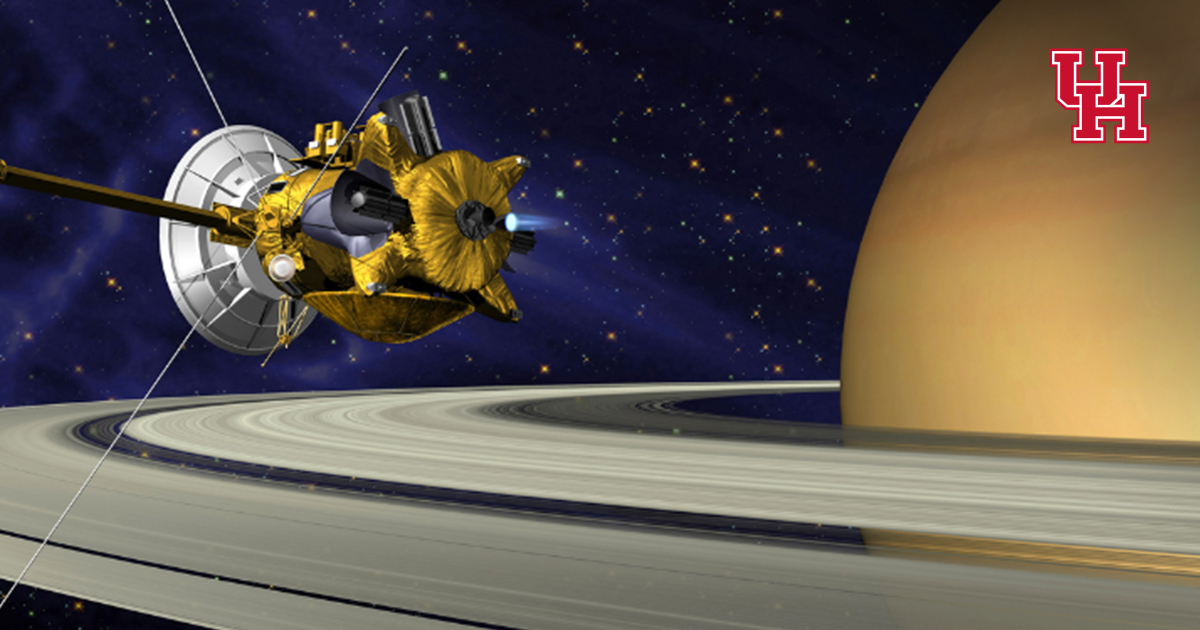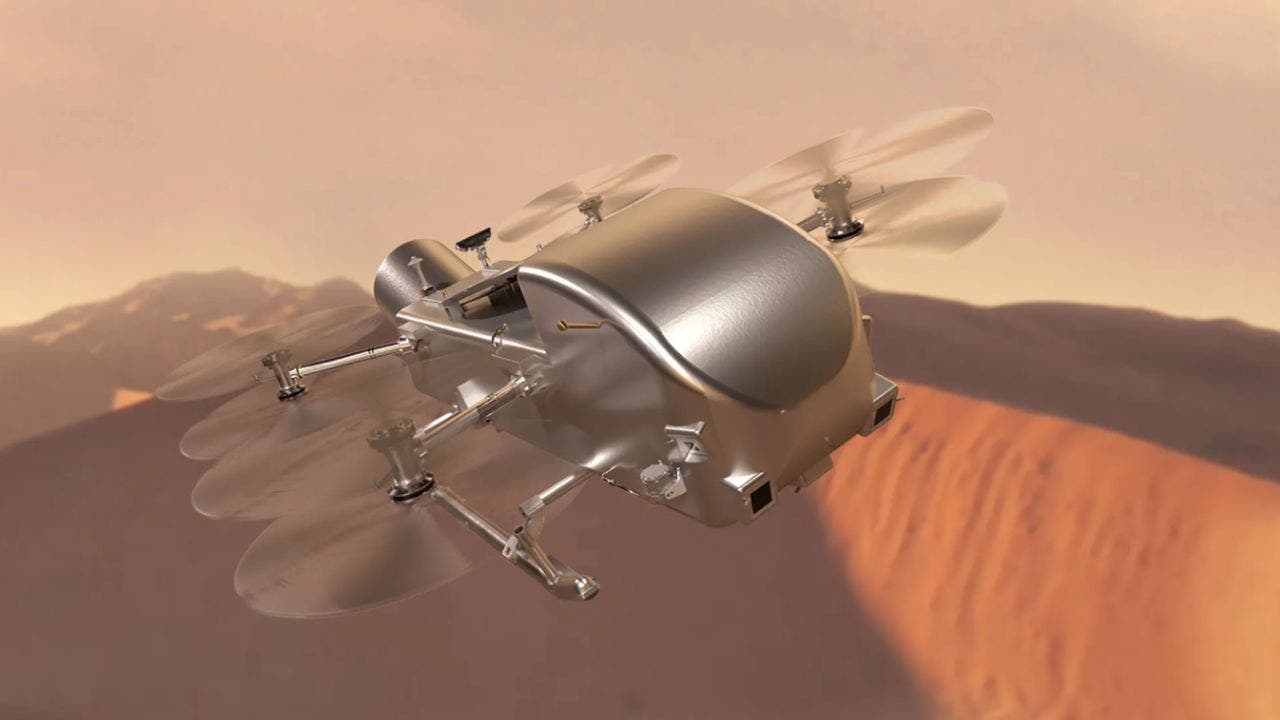



A blurry photo of a celestial body that resembles Earth has been confirmed as a legitimate image of Saturn's largest moon, Titan. The photo was captured by NASA's James Webb Space Telescope on November 5, 2022. Titan is the only moon in the solar system with a dense atmosphere and liquid on its surface, composed of hydrocarbons. The photo, which has garnered over 18.5 million views on social media, has been shared on NASA's website, as well as the websites of the European Space Agency (ESA) and science and technology magazine New Scientist. Some skeptics questioned the authenticity of the photo, but NASA has confirmed its legitimacy in a blog post. However, the data from the findings has not yet been peer-reviewed [237d7dbc].
The blurry photo of Titan has sparked interest and excitement among scientists and space enthusiasts. It provides a unique glimpse into the mysterious moon and its Earth-like features. Titan's dense atmosphere and liquid surface make it an intriguing target for further exploration and study. The confirmation of the photo's authenticity adds to the ongoing research and exploration of Saturn and its moons, including Titan, as scientists continue to uncover the secrets of our solar system [b2205c23].
In a separate study, researchers at the University of Houston have made a significant discovery about Saturn. They have found a massive energy imbalance on the planet, challenging existing climate models for gas giants. The imbalance is attributed to Saturn's large orbital eccentricity, which leads to substantial seasonal variations in absorbed solar energy. This unbalanced energy budget is believed to play a crucial role in the development of giant storms in Saturn's atmosphere. The study utilized data from the Cassini probe mission and was conducted by doctoral student Xinyue Wang, advised by professors Liming Li and Xun Jiang. The findings of the study have implications for our understanding of the atmosphere, climate, and evolution of gas giants. The researchers plan to extend their investigation to other gas giants, including Uranus [ced4fb08].
A recent study published in the journal Nature Communications has revealed new information about the surface properties of Titan's hydrocarbon seas. The study analyzed data from NASA's Cassini spacecraft, which explored Saturn's moon Titan from 2004 to 2017. Cassini's radar observations provided limited information about the liquid hydrocarbon seas on Titan. The researchers found that the composition of the surface layers of the hydrocarbon seas varied depending on latitude and location. The southernmost portion of Kraken Mare showed the highest dielectric constant, while all three seas, including Ligeia Mare and Punga Mare, were mostly calm during the flybys. The study also discovered that the rivers feeding the seas are primarily composed of pure methane until they flow into the open liquid seas, which are more ethane-rich. Further analysis of Cassini's data is underway to uncover more insights about Titan's hydrocarbon seas [d22321e8].
The discovery of the surface properties of Titan's hydrocarbon seas adds to our understanding of Saturn's largest moon and its unique features. The research conducted using data from the Cassini spacecraft provides valuable information about the composition and behavior of the liquid hydrocarbon seas on Titan. This knowledge contributes to ongoing studies of Saturn and its moons, deepening our understanding of the solar system and its diverse celestial bodies [d22321e8].